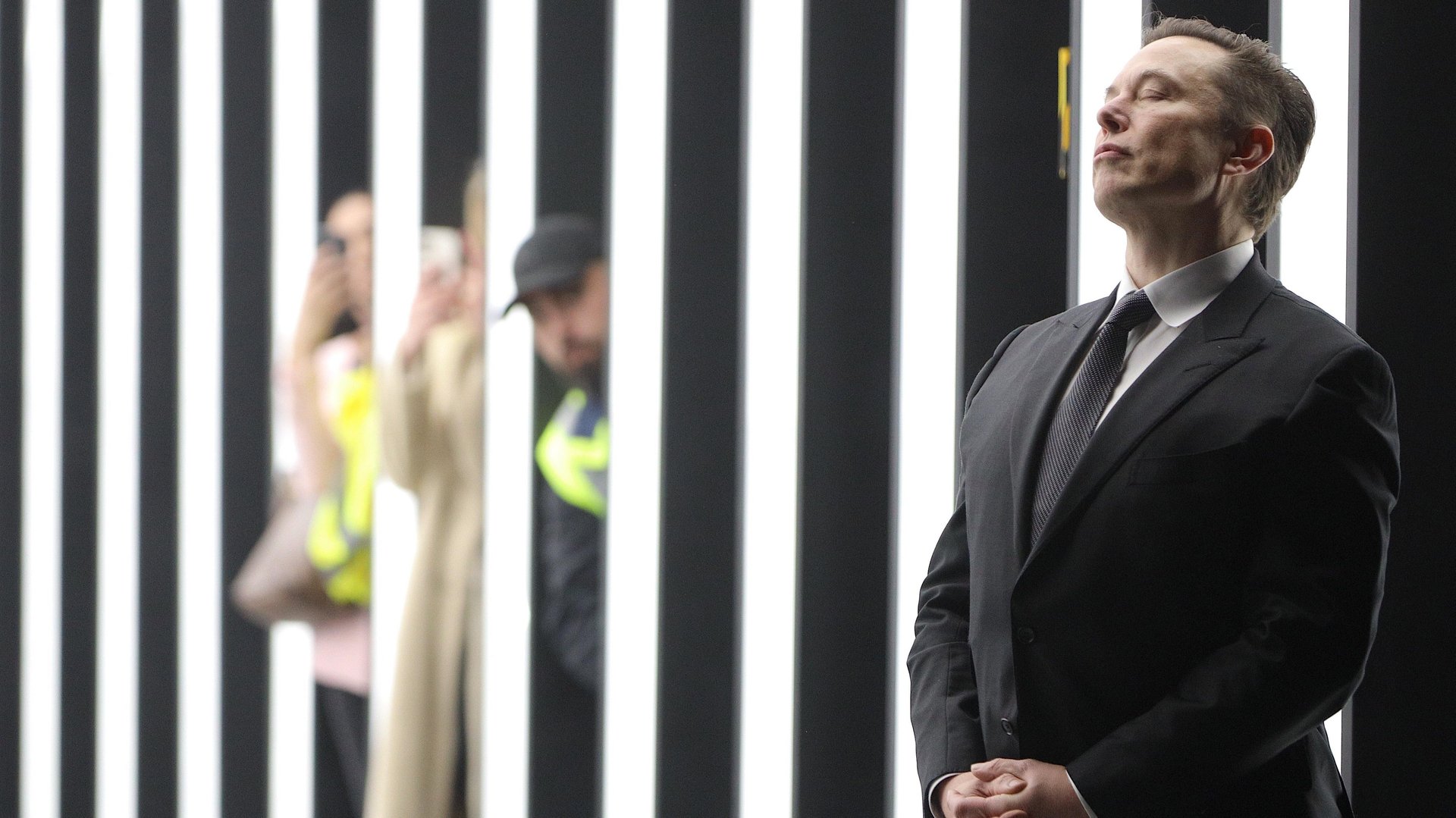Elon Musk killed the good bots
New fees for automated access mean only paid bots will live on Twitter.

Is it time to say goodbye to earthquake alerts and serendipitous art on Twitter?
Like most social media businesses, Twitter has long offered an API, which allows outside developers to write programs that use its platform. It’s how third-party apps like Hootsuite and tools like ThreadReader are able to operate. And it’s how automated accounts function.
The company, however, announced Feb. 2 that it would end this free programmatic access. While unpaid access came with limits and high-volume users are already charged, now anyone who wants to use the API will have to pay.
The decision is Elon Musk’s latest effort to increase revenue since he bought the company last year. But the move could diminish the Twitter experience for many users, and ultimately have the opposite effect.
One ostensible motivation for Musk’s decision to buy Twitter for $44 billion was to remove bots from the platform. Bots are often associated with political meddlers or persistent trolls, but these automated accounts can also provide a significant value to Twitter users, like art and public service accounts that can’t easily generate revenue to pay a not-yet-announced fee for use of the API.
Already, operators of automated accounts — from one that provides descriptive text of images for visually-impaired users to another that automatically shares images from the Frog & Toad books — say they will likely cease operating rather than pay for what had previously been a labor of love. Academics, too, rely on the free API to study the behavior of Twitter users, and ending it could mean less transparency and clarity about what happens online.
“Twitter killing the API behind a paywall will accelerate the loss of valuable content on this platform (many of the most effective and unique content creators publish via the API), while abusive bots will continue to go around the API, as always,” Anil Dash, a tech entrepreneur and long-time Twitter user, wrote on the platform.
Can Musk’s costly Twitter pivot succeed?
Operators of social media platforms need to strike a tricky balance between offering free content that attracts users and monetizing their platforms by selling ads.
As Musk has loosened the limits on content by inviting back users formerly banned for hate speech, and capriciously prohibiting journalists and left-wing users from the platform, advertising revenue has reportedly fallen significantly. That, in turn, has led the company to seek other ways of raising money, like charging users for subscriptions and—now—charging for use of the API. But if such moves lead to less content, they may also lead to diminishing quality.
Platform economics aren’t the only problem here. Many advertisers and corporate accounts rely on programs like Hootsuite, which lets them operate on multiple social networks simultaneously. If those companies pass API fees on to their users, that could shrink their presence on the social network, further reducing its value.
From the outside, it appears Musk’s long-shot attempt to pivot Twitter from a company that relies on advertisers to a subscription service has been rocky. A chaotic new algorithmic feed has been widely criticized, while Musk allies have complained that their own engagement has fallen, leading to a bizarre experiment this week where the mercurial CEO and his coterie made their accounts private.
Twitter has never been profitable, but it faces extra stress now because of the massive package of loans Musk used to fund his purchase of the company, which will require an estimated additional $1.2 billion in annual interest payments. The company reportedly made its first $300 million payment this week, but with rates continuing to rise, the pressure will, too.